Bolen High
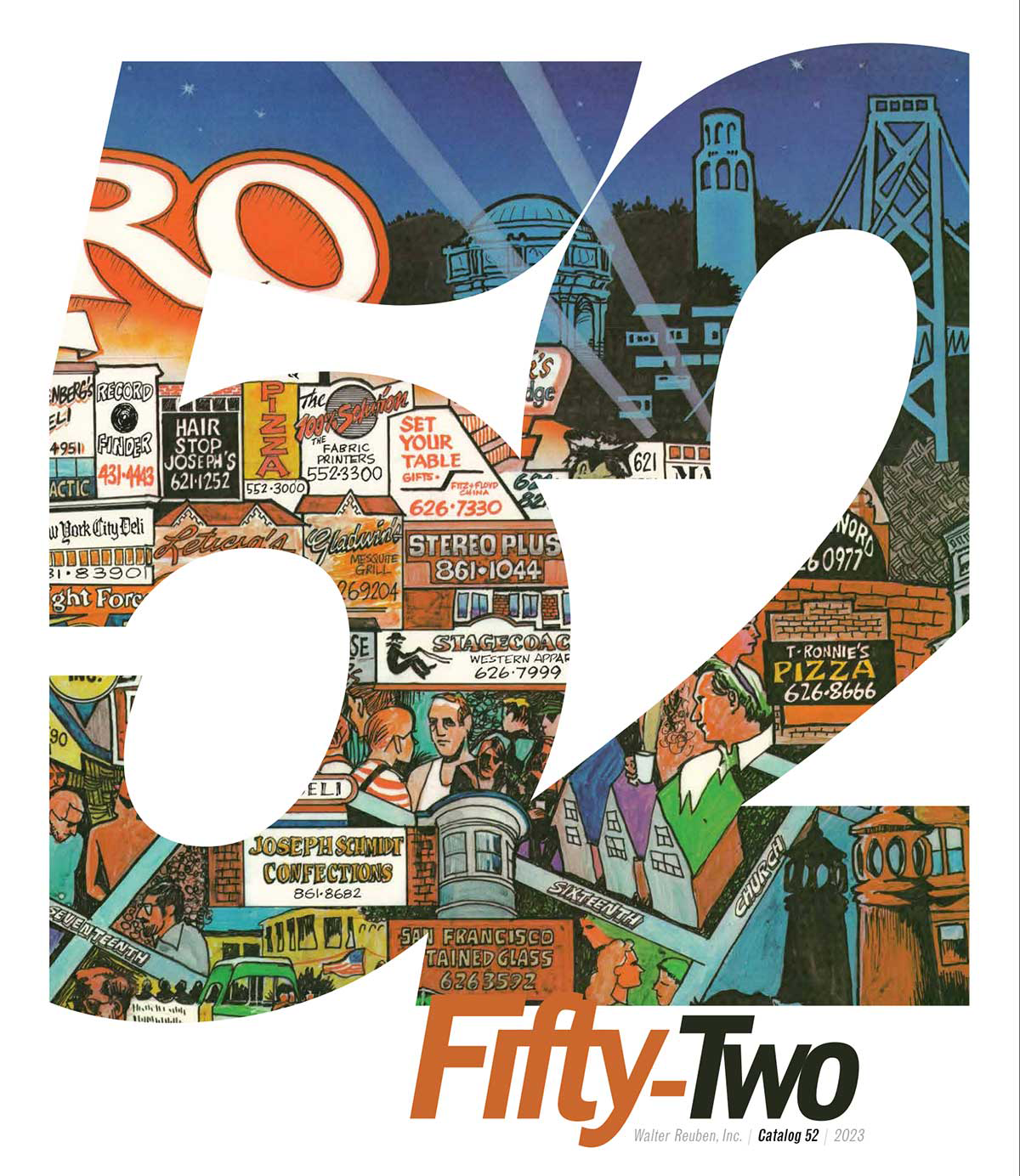
Walter Film Catalog 52/2023
Catalog 52 presented a collection of material represented by these six categories: FEATURED SELECTIONS, AFRICAN AMERICANA, LGBTQ, FILM NOIR, DIRECTORS and PHOTOGRAPHY. Here are five samples:
Jim Sharman and Richard O’Brien’s July 18, 1974 film script for the THE ROCK HORROR PICTURE SHOW…
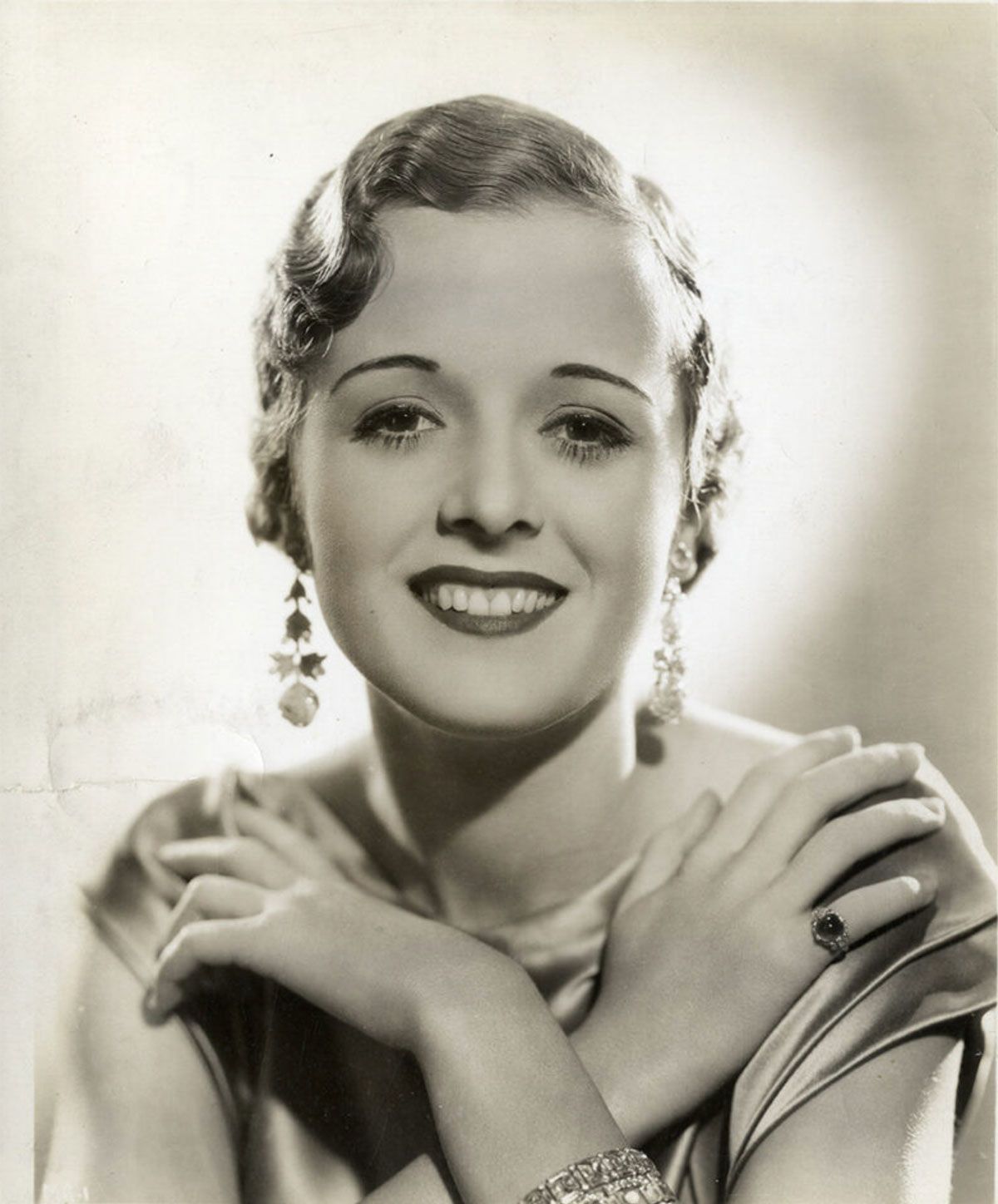
4 Hollywood Leading Ladies from 1930s & 40s
| Film & Movie Star Photographs, Hollywood History, Movie Memorabilia, Vintage Original Publicity Photographs, Vintage Original Studio Photographs
Here are four extraordinary women, MARY ASTOR (above), JEAN ARTHUR, CLAUDETTE COLBERT and MYRNA LOY, who moved from silent film actors to famous leading ladies in the “talkies”. You name it, they did it, from exotic “oriental goddess” to screwball commedian; helping turn hollywood into… HOLLYWO…
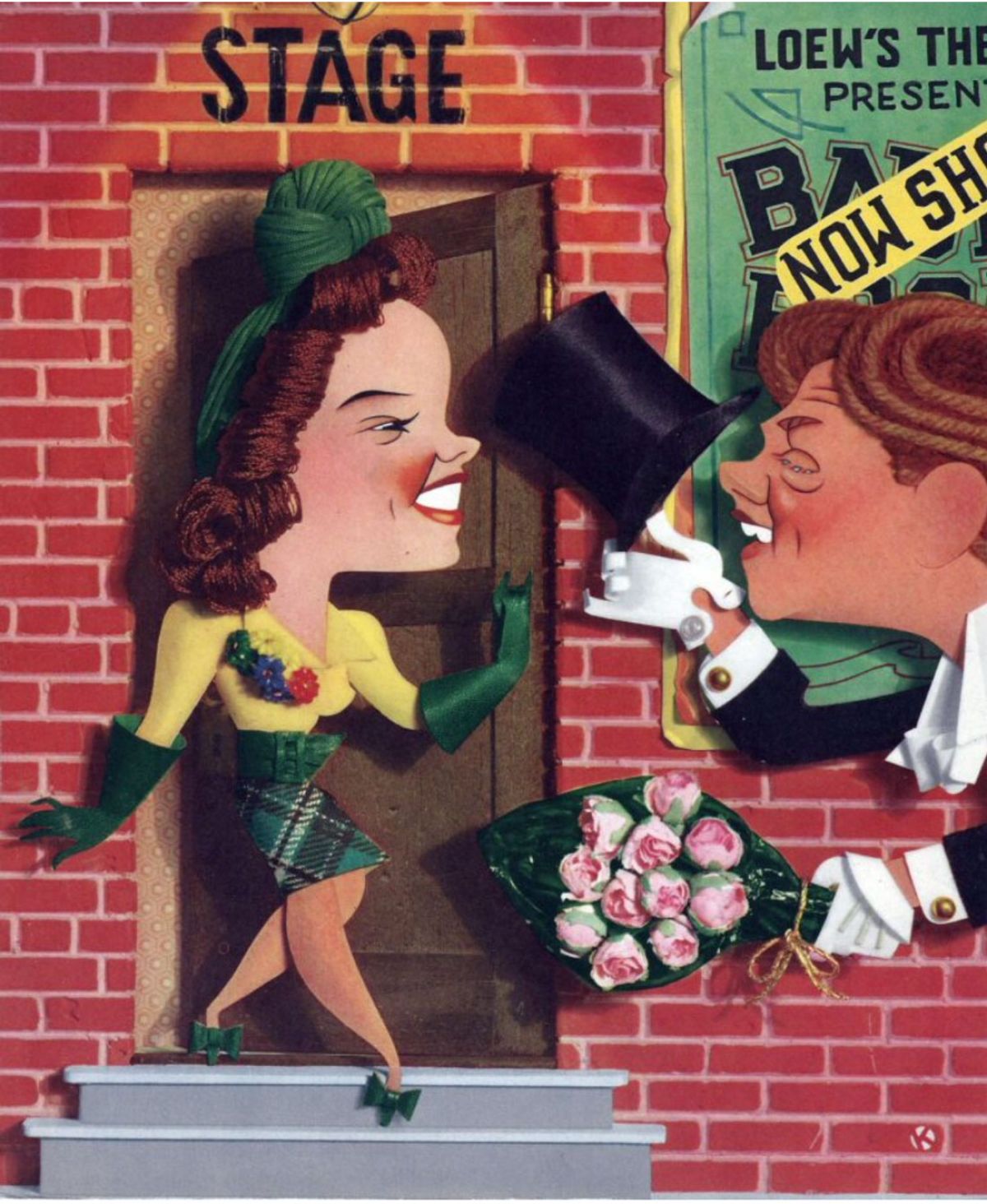
Hollywood Movie Memorabilia
| Hollywood History, LGBTQ Cultural History, Movie Memorabilia, Pressbooks, Vintage Original Studio Photographs
When it comes to Hollywood Movie Memorabilia, much of WalterFilm’s vintage original stock might be considered “Hollywood” because a substantial amount of material either comes from Hollywood or references it. And when it comes to “Movie Memorabilia”, a large portion of what we offer could fit that…
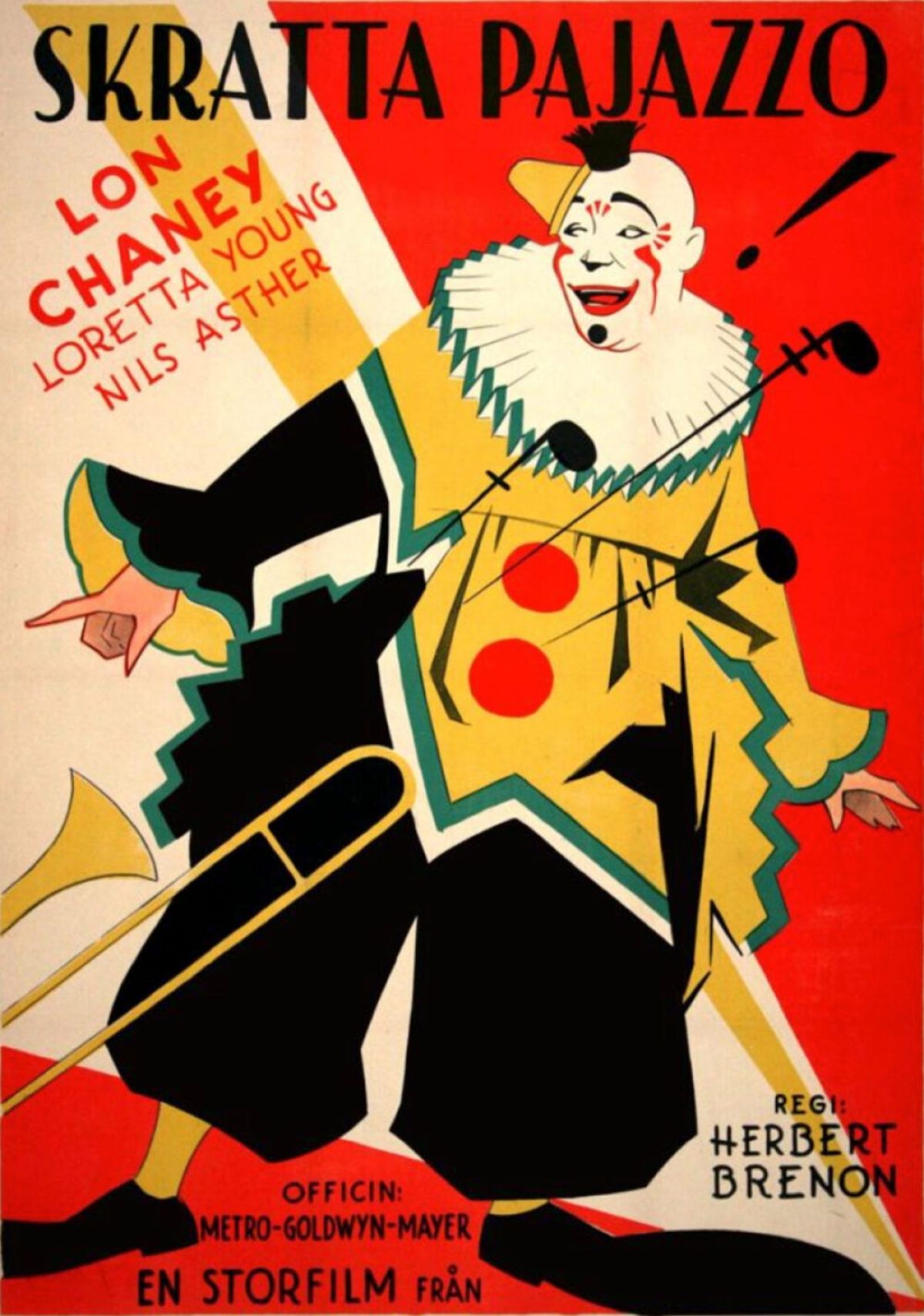
Lon Chaney – Man Of Many Faces
| Film & Movie Star Photographs, Hollywood History, Movie Memorabilia, Movie Posters, Vintage Original Publicity Photographs, Vintage Original Studio Photographs
THE ABOVE PHOTOGRAPH – Vintage original 27 x 38″ (70 x 98 cm.) poster, Sweden. Lon Chaney, Loretta Young, Nils Asther, Gwen Lee, dir: Herbert Brenon, MGM. In the role of the circus clown who could not laugh, known as Pagliacci, Lon Chaney, in perhaps his finest film performance, ran…
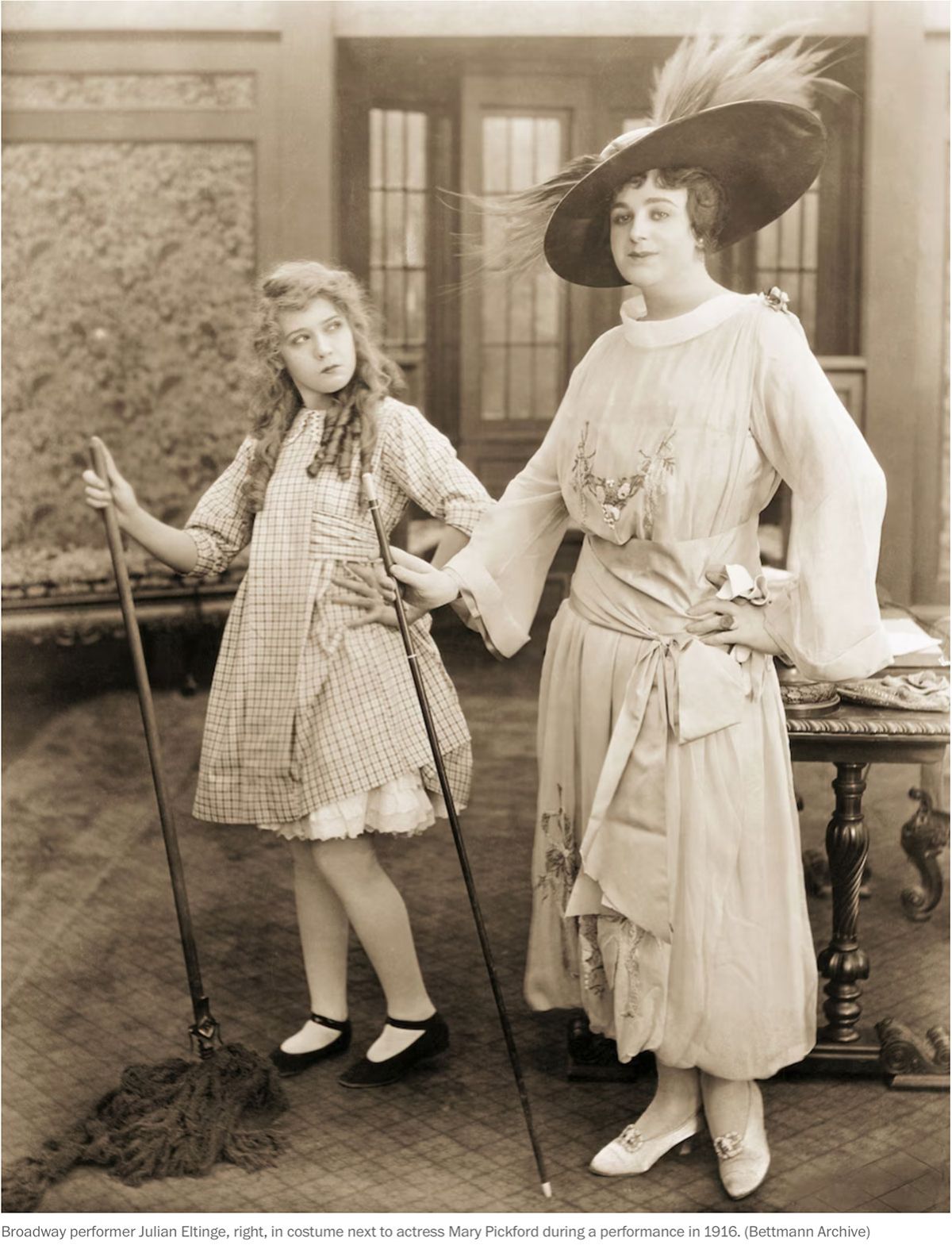
Julian Eltinge & The Feminine Mystique
| Film & Movie Star Photographs, Hollywood History, LGBTQ Cultural History, LGBTQ Theater History, Vintage Original Publicity Photographs
In recognition of Gay Pride and as an observation of the state of “drag“ in America, the above photograph of Julian Eltinge and Mary PIckford appeared in the Washington Post on June 24, 2023, along with a profile by Randy Dotinga entitled “A century ago, this star ‘female impersonator’ m…
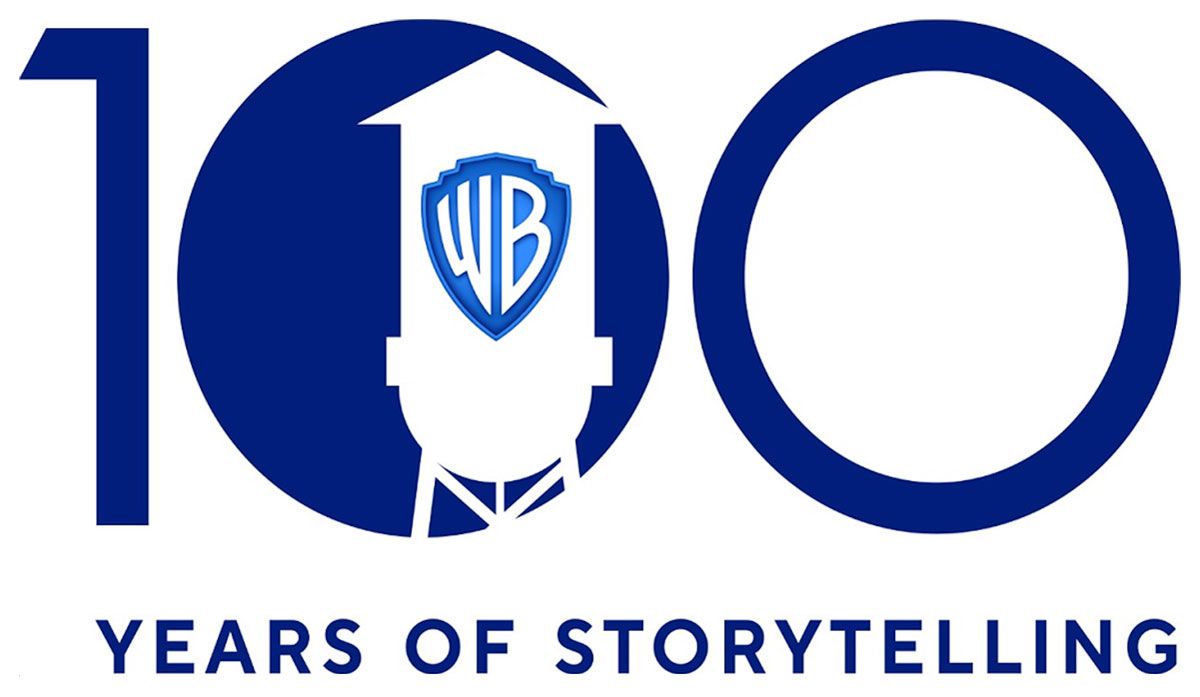
WARNER BROTHERS @100
Alexa Foreman Interview
For many years, Alexa Foreman worked with Walterfilm’s Woolsey Ackerman researching and producing a multitude of documentaries and on-air programing for Turner Classic Movies. She was Robert Osborne’s left and right hand in creating his on-air hosting segments and was th…
Recent Posts
Categories
- African American Movie Memorabilia
- African Americana
- Black History
- Celebrating Women’s HistoryI Film
- Celebrity Photographs
- Current Exhibit
- Famous Female Vocalists
- Famous Hollywood Portrait Photographers
- Featured
- Film & Movie Star Photographs
- Film Noir
- Film Scripts
- Hollywood History
- Jazz Singers & Musicians
- LGBTQ Cultural History
- LGBTQ Theater History
- Lobby Cards
- Movie Memorabilia
- Movie Posters
- New York Book Fair
- Pressbooks
- Scene Stills
- Star Power
- Vintage Original Horror Film Photographs
- Vintage Original Movie Scripts & Books
- Vintage Original Publicity Photographs
- Vintage Original Studio Photographs
- WalterFilm
Archives
